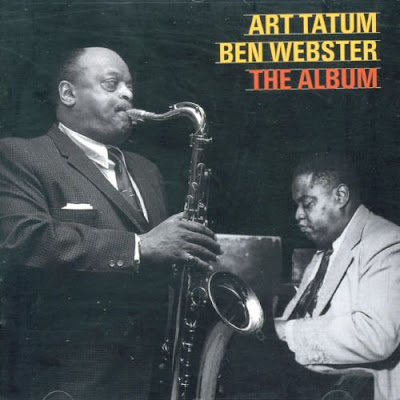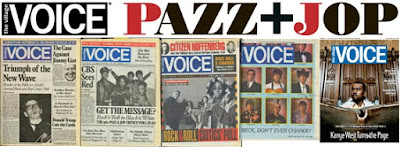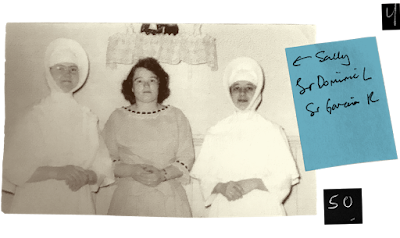
"Reading the opening pages of Season Ticket - Roger Angell's fourth and latest collection of baseball reports written originally for The New Yorker - one experiences a little of the same anxiety that he himself admits to early in the book when he describes his 'secret Calvinist fear that baseball will run out on me someday and I will find nothing fresh at the morning camps, despite my notes and numberings, or go newsless on some sun-filled afternoon, and so at last lose this sweet franchise.' After all, so much of what he writes about here has been covered before, whether it is the round of the baseball year from spring training to World Series, or the effects of drugs and labor disputes on the game, or the wonders of George Brett hitting and Keith Hernandez fielding and Vince Coleman going from first to third. ..."
NY Times
W - Season Ticket: A Baseball Companion
LA Times: Spring, and an Old Fan's Fancy Lightly Turns
amazon
















































